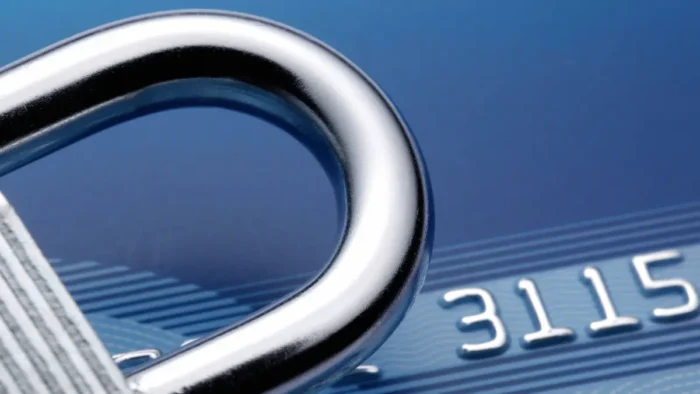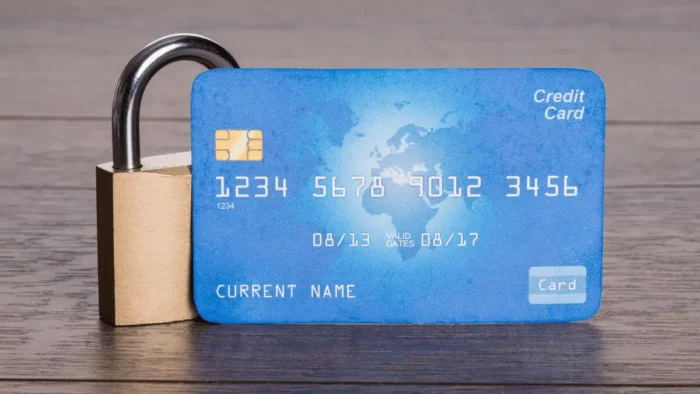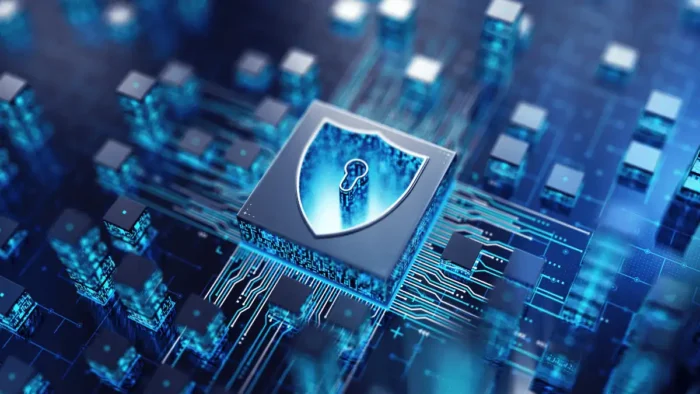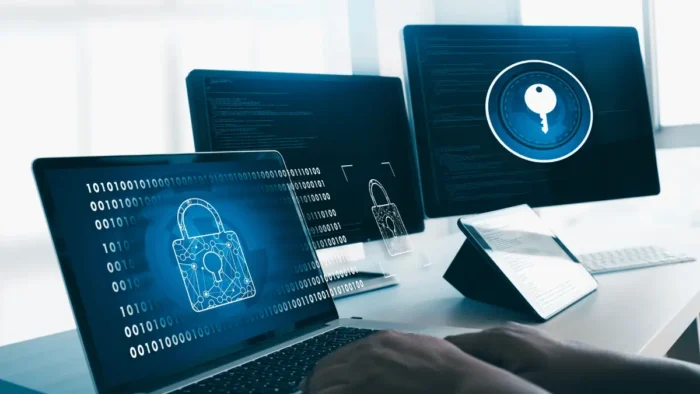In the dynamic realm of modern commerce, where transactions increasingly transit through digital avenues, ensuring the integrity of business payments appears as an imperative of critical significance. Moving through the constantly changing environment, understanding the importance of the upcoming challenges is vital.
Predictions indicate that the total value of digital payment transactions is expected to reach an impressive $11.55 trillion by the end of 2024. This outstanding forecast highlights the urgent need for robust security protocols to support the bedrock of financial transactions.
Join us on this journey into the complex domain of securing digital transactions, where we examine strategies and technologies crafted to safeguard the economic lifeblood of businesses worldwide.
Leveraging Technology Solutions
Protecting business transactions has become a primary concern within the fluid digital finance landscape. As the technological frontier expands, the strategies of cyber enemies also evolve, aiming their sights on the soft underbellies of payment systems. Organizations must leverage state-of-the-art technology to reinforce their defenses against online attacks.
For example, many companies opt for platforms tailored for B2B transactions, attracted by the specific security enhancements these systems provide. Contemporary B2B payment platforms have many tools and functionalities designed to improve security and operational efficiency.
These platforms facilitate smoother transaction processes and reduce fraud risks. They present several advantages for companies that want to improve payment security measures. By adopting a B2B payment solution, companies can increase access control, separate duties, and enhance due diligence, significantly reducing the possibility of unauthorized access and fraudulent activities.
Implementing Multi-Factor Authentication (MFA)
One of the most powerful measures in fortifying digital transactions is the adoption of multi-factor authentication (MFA). MFA boosts security by requiring users to provide multiple forms of authentication before gaining entry into sensitive payment platforms. These include biometric verification, one-time passwords (OTPs), or token-centric authentication mechanisms.
MFA notably reduces the likelihood of unauthorized entry and prohibited transactions through the demand for diverse authentication inputs. MFA’s additional layers often interrupt cybercriminal efforts, making it a pivotal element in any comprehensive payment security framework.
Ensuring Compliance With Regulatory Standards
Beyond incorporating tech solutions, companies must align with the legal frameworks and standards monitoring online transactions. Mandates such as the Payment Card Industry Data Security Standard (PCI DSS) and the General Data Protection Regulation (GDPR) outline detailed protocols for safeguarding transactional and personal data.
Ignoring these regulations can lead to difficult outcomes, including monetary fines and tarnished reputations. Organizations must actively use methods that support these legal benchmarks in their digital transactions. This necessitates the building of strict security safeguards, the performance of consistent audits, and the accurate documentation of transactional details.

Educating Employees on Security Best Practices
In the ongoing battle against cyber attacks, the human element plays a dual role as a bulwark and a potential breach point. Cyber attackers skillfully manipulate human exposure through schemes like phishing and social engineering tactics. Educating staff on security best practices is a linchpin in preventing these risks and fostering a climate of cybersecurity vigilance across the organization.
To this end, enterprises should institute robust training programs containing domains like phishing email detection, password fortification, and social engineering understanding. Businesses can lower the probability of successful cyberattacks by supporting personnel with the requisite knowledge and proficiencies to identify and counter security threats.
Regular Security Audits and Updates
The commitment to preserving the sanctity of payment systems requires diligence in executing regular security evaluations and applying updates as necessary. Such evaluations are critical for discovering and fortifying against exposures that could serve as conduits for malicious exploits, enabling entities to adopt a stance of preemptive defense.
Moreover, swiftly incorporating software enhancements and security patches is critical for addressing and neutralizing risks linked to identified security loopholes.
Adopting a proactive perspective towards security care enables businesses to outsmart threatening cyber threats and maintain the ongoing security of their digital transactions. This entails a continuous evaluation of existing security protocols, the identification of areas ripe for enhancement, and the execution of requisite measures to strengthen overall security strength.
Final Thoughts
Amid digital commerce’s dynamic landscape, transaction integrity remains an uncompromising pillar of operational fidelity. By strategically employing technological solutions, adopting multi-factor authentication, rigorously upholding regulatory protocols, fostering cybersecurity mindfulness, and diligently pursuing security audits, enterprises construct an impenetrable bulwark against digital malevolence.
As we navigate the complexities of the digital domain, let us firmly uphold our dedication to preserving the fundamental integrity of financial transactions, securing a future rooted in security and confidence.





